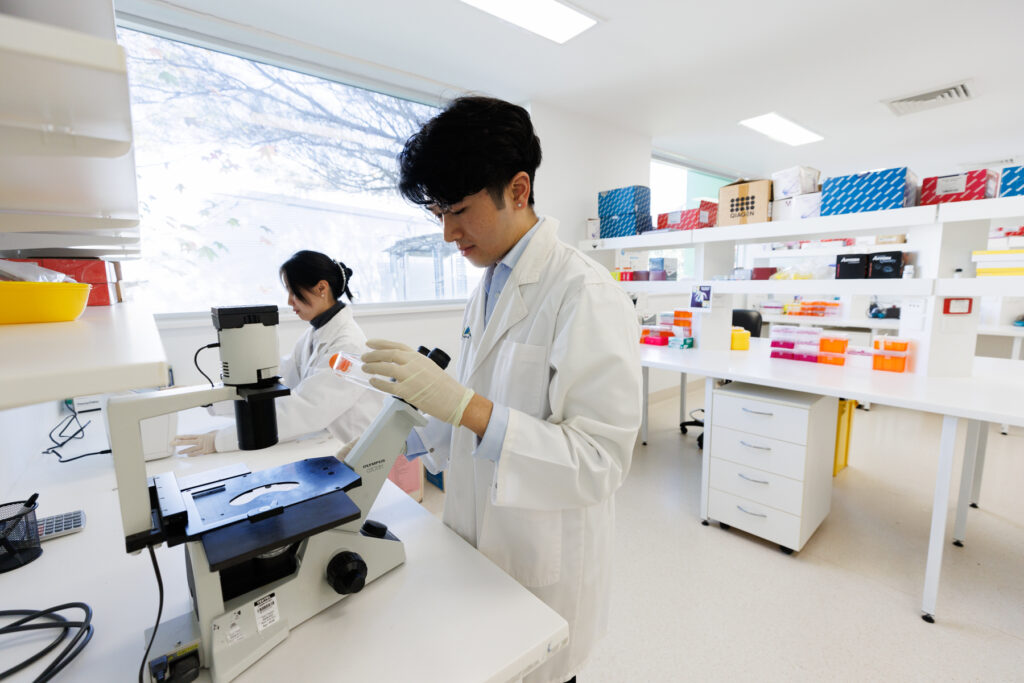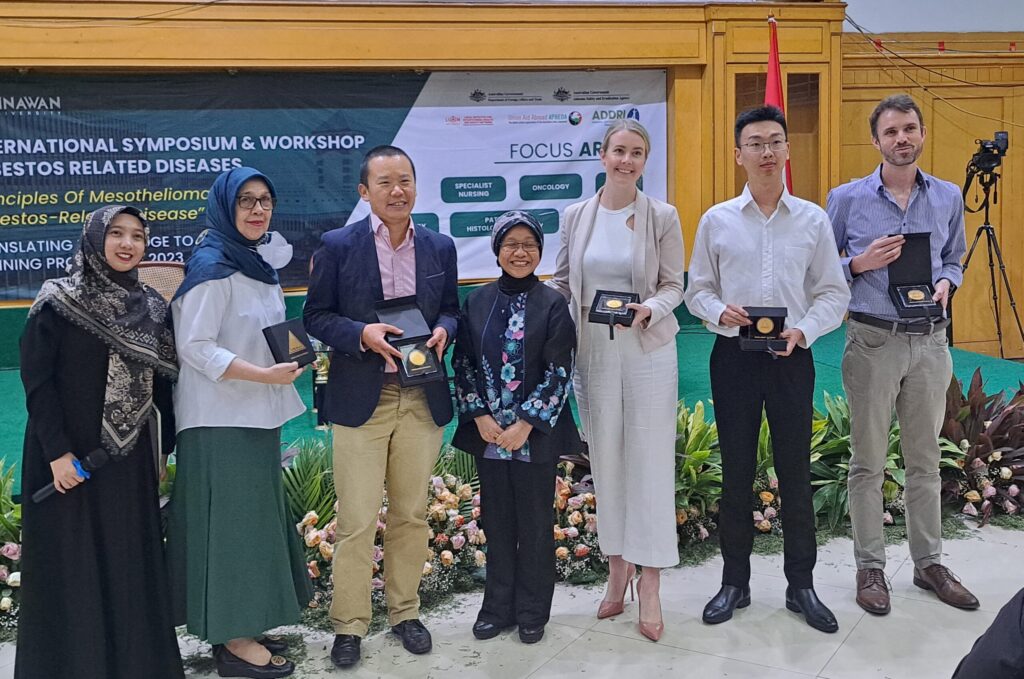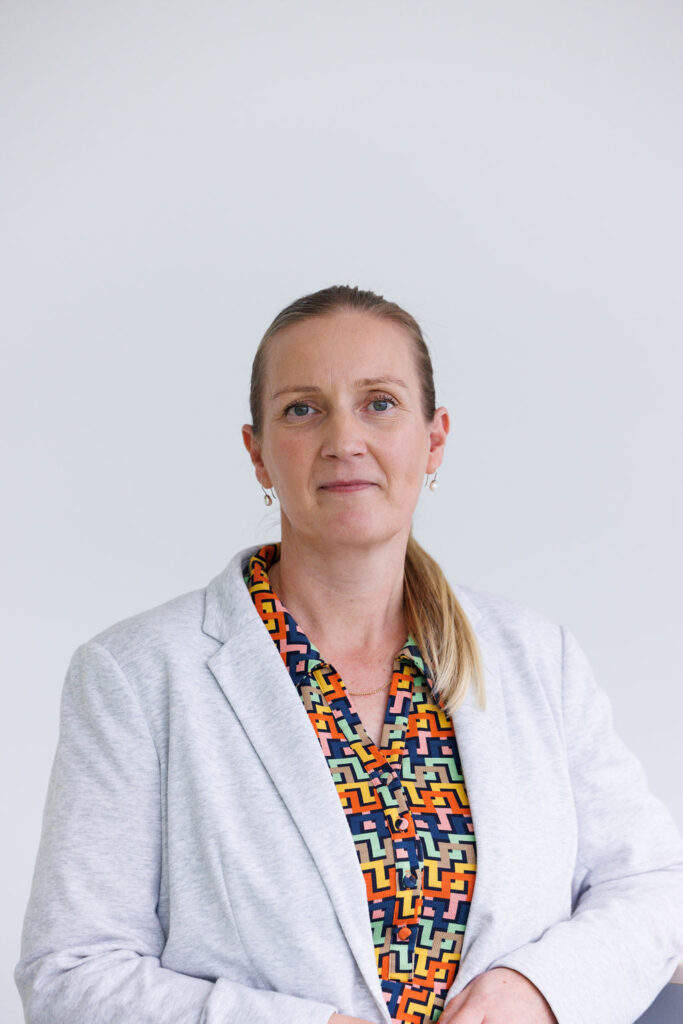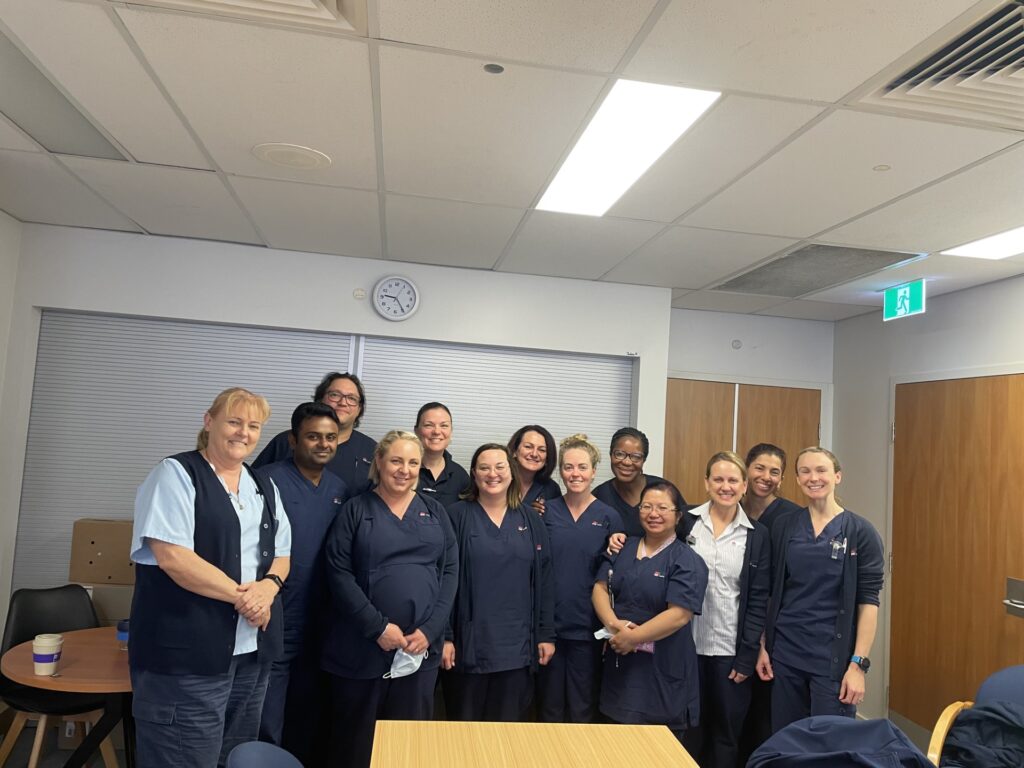Scope of Asbestos-Related Diseases
The March 2014 edition (i.e., currently effective edition) of the WHO document Elimination of Asbestos-Related Diseases (1) states that “exposure to asbestos, including chrysotile, causes cancer of the lung, larynx and ovary, mesothelioma (a cancer of the pleural and peritoneal linings) and asbestosis (fibrosis of the lungs).” This statement is affirmed based on three references sources published in 1986, 1998 and 2012, respectively.
Many researchers including the editors of this e-Toolkit consider the most recently published source, i.e., the IARC Monograph published in 2012,(2) to be the most relevant. It is important to note that the 2012 Monograph, for the first time in the series of IARC monographs to date, officially added cancer of the larynx and ovary to the list of asbestos-related diseases (ARDs).
To the knowledge of the editors, this list or “scope” of ARDs is widely supported around the world including the UN agencies such as the International Labour Organization (ILO)3) and the United Nations Environmental Programme4) (UNEP; including the Secretariat of the Basel, Rotterdam and Stockholm Conventions), international professional/scientific organizations such as the International Commission for Occupational Health (ICOH) and the Collegium Ramazzini, as well as researchers and practitioners.
To reiterate, the widely acknowledged scope of asbestos-related diseases comprises:
- Cancer of the lung (lung cancer)
- Malignant mesothelioma (of the pleura and peritoneum)
- Cancer of the larynx (laryngeal cancer)
- Cancer of the ovary (ovarian cancer)
- Asbestosis (pneumoconiosis caused by asbestos)
Caveats
- Pleural plaques (i.e., benign areas of thickened tissue that form in the pleura due to asbestos exposure) are widely considered as ARD together with above conditions.
- The scope of ARD in terms of compensability differ by country. For example, diffuse pleural thickening and benign pleural effusion are compensable under the Industrial Accident Law of Japan3) – and thus considered ARDs in Japan.
- Note that the IARC in its 2012 Monograph commented on if and how cancer of the pharynx, stomach and colorectum may be related to asbestos exposure: “Also positive associations have been observed between exposure to all forms of asbestos and cancer of the pharynx, stomach, and colorectum. For cancer of the colorectum, the Working Group was evenly divided as to whether the evidence was strong enough to warrant classification as sufficient.”2)
“Asbestos-Relatedness”
a. Helsinki Criteria (1997)
Asbestos-Related Disease (ARD), as a disease entity, is premised on the concept of “asbestos-relatedness,” which posits attributing cause of disease to asbestos exposure. The attribution of cause to a particular factor or condition warrants a robust scientific base. In this relation, the Finnish Institute of Occupational Health (FIOH) convened an expert meeting in 1997 to form consensus on state-of-the-art diagnostic criteria for asbestos-related diseases.(1) This became widely known as the Helsinki Criteria. The meeting was also one of the first to throw light on the global burden of ARD (2) which signified the need to clarify causal attribution and improve approaches.
The Helsinki Criteria of 1997 came to be the most widely and authoritative criteria document on ARD serving as a core information source for any country to establish criteria for clinical diagnosis as well as for administrative purposes including the recognition of ARD as an occupational disease and compensation. The earlier edition of this Toolkit annotated below points:
- (Re: Mesothelioma) About 80% of mesothelioma patients have had some occupational exposure to asbestos. An occupational history of brief or low-level exposure should be considered sufficient for mesothelioma to be designated as occupationally related. A minimum of 10 years from the first exposure is required to attribute the mesothelioma to asbestos exposure, though in most cases the latency interval is longer.
- (Re: Asbestos-Related Lung Cancer) Using an estimate of 4% increase of risk for each fiber per cubic centimetre per year (fiber-year) of cumulative exposure, a cumulative exposure of 25 fiber-years is estimated to increase the risk of lung cancer 2-fold; All four major histological types (squamous, adeno, large-cell and small cell) can be related to asbestos and location of the tumor in the lungs is not important in determining attributability.
- (Re: Occupational Exposure to Asbestos) For clinical purposes, the following guidelines are recommended to identify persons with a high probability of occupational exposure:
- over 0.1 M amphibole fibers [>5 micron] per gram of dry lung tissue, OR
- over 1 M amphibole fibers [>1 micron] per gram of dry lung tissue, OR
- over 1,000 asbestos bodies per gram of dry lung tissue, OR
- over 1 asbestos body per milliliter of BAL (broncho-alveolar lavage).
b. Helsinki Criteria Update (2014)
Subsequently in 2000 the FIOH organized a follow-up expert meeting “to discuss new advances in radiology and screening of ARD.” Outcomes are summarized in a journal article (3) and fully reported in the conference proceedings.(4) In the editor’s opinion,* while the 2000 meeting was genuinely focused on technical updates in radiology and screening, the 2012 meeting was specifically aimed at updating the Helsinki Criteria of 1997.
The above aim was pursued in the 2012 expert meeting (5) in four subject areas:
- CT screening for asbestos-related lung cancer;
- follow-up of asbestos-exposed workers and diagnosis of non-malignant asbestos diseases;
- new asbestos-related disease entities;
- pathology and biomarkers. Outcomes of the 2012 expert meeting (5,6) are referred to as the Helsinki Criteria Update (HCU) 2014.
Due mostly to the complexity of the subject and perhaps partly due to the format of presentation, it is not a simple task to disentangle the if and the extent to which principles and/or recommendations were maintained, dropped or revised between the original criteria and its update. Table 1 of the latter document (page 135) provided a summary comparison of the two criteria documents. However, viewers of Table 1 are redirected back to the body of text on several instances (e.g., “criteria … presented,” and “additional recommendations … given”) which makes understanding difficult.
Bearing these caveats in mind, the editors judged below points to be salient in the HCU 2014:
- (Re: General Considerations) Much of the original criteria remain unchanged, including that
– in general, reliable work histories provide the most practical and useful measure of occupational asbestos exposure.
- (Re: Attribution of Cause to Asbestos) In the context of new disease entities, it is recommended that: threshold RR used for individual attribution should be no greater than 2 and can be set at lower levels. Whatever the threshold, it should be recognized that asbestos can contribute to causation of disease in exposed populations at even lower levels.
- (Re: Mesothelioma) – Recommend to: use at least 2 positive (mesothelial) and 2 negative (carcinomatous) markers in histopathological diagnosis; each laboratory should perform immunohistochemical studies to determine which positive and negative markers fit best; for peritoneal malignancies in women, stains for estrogen (ER) and progesterone (PR) receptors should be added to panel.
- (Re: Asbestos-Related Lung Cancer) Two additional types of lung cancer (sarcomatoid and adenosquamous) occur as a consequence of asbestos exposure.
- (Re: New Technologies) – Recommend to: use the international ICOERD* CT classification in diagnosing ARDs,(7) especially for a borderline finding of lung fibrosis (ILO 0/1 to 1/0); Although blood-borne biomarkers are ideal for screening, currently none are sufficiently sensitive and specific for diagnostic or screening purposes.
*International Classification of HRCT for Occupational and Environmental Disease (7)
c. Response from the Collegium Ramazzini (CR)
A critical response to the HCU 2014 was raised by the Collegium Ramazzini (CR)* in 2016, “concerned about the sections of the 2014 Helsinki consensus report that discuss criteria for pathological diagnosis of the diseases caused by asbestos” asserting that the pertinent sections were “based on a selective reading of the medical literature.” It specifically criticised the “outdated and incorrect concept that analysis of lung tissue for asbestos fibers and asbestos bodies can provide data to contradict exposures that are documented in a reliable occupational history.”(8)
* The Collegium Ramazzini is an international scientific society that examines critical issues in occupational and environmental medicine with a view towards action to prevent disease and promote health. The Collegium derives its name from Bernardino Ramazzini, the father of occupational medicine, a professor of medicine of the Universities of Modena and Padua in the late 1600s and the early 1700s. The Collegium is comprised of 180 physicians and scientists from 35 countries, each of whom is elected to membership. The Collegium is independent of commercial interests.
The five specific problems with the pathology sections identified by the CR were: (8)
- Over-reliance on the detection of “asbestos bodies” as indicators of past exposure to asbestos
- Over-reliance on asbestos fiber counts in lung tissue as an indicator of past exposure to asbestos
- Use of scanning electron microscope (SEM) at low magnification as a tool for evaluation of asbestos-related disease
- No recognition that chrysotile is the predominant type of asbestos fiber found in pleural mesothelioma tissue
- Threshold for the development of an asbestos-related lung cancer
The CR response concluded by stating that “a carefully obtained history of occupational exposure to asbestos is the cornerstone of an accurate diagnosis of the disease caused by asbestos.”(8)
d. Counter-response to the CR Response
The response by the organizers of the HCU 2014 (i.e., counter-response to the CR response) was published in the same year.9) It reconfirmed that the objective of the HCU 2014 was “not a systematic re-evaluation of the entire criteria and major portions of the 1997 criteria are unaffected by the updates.”
Regarding the issue of “relative weight” between occupational history and pathological assessment, the counter-response advanced that “the criteria do in fact consider work histories as the pre-eminent way of establishing asbestos exposure, as apparently does the Collegium, while ‘Analysis of lung tissues for asbestos fibers and asbestos bodies can provide data to supplement the occupational histories.’” In this connection, the counter-response touched on the role of pathologists stating that, “pathologists are presumed not to be in direct contact with the patients but can only rely on the observations that can be made on the specimens they have received.”
Lastly the organisers emphasised that “it is worth remembering that the Helsinki Criteria are in essence a clinical guideline, not a legal text” acknowledging that “(the criteria) has, however, been found to be useful in legal contexts including law-making.”
It added that “In a way, the Collegium’s comments can be seen as a call to update the criteria in view of the shift of asbestos usage and exposure to chrysotile that has taken place after 1997.” In the editors’ opinion, the need to further update the criteria was a sentiment shared by the organizers of the Helsinki meetings, which thus led to offering an olive branch.
e. The CR Proposition to Revise the HCU 201410
f. Pragmatic Approach for Developing Countries
In the editors’ opinion, the above two schools of thought differ in inclination and emphasis but the motive to adopt criteria for causal attribution or “asbestos-relatedness” is well shared, and the understanding of (credits to) available resources and tools is common.
Table. Differences and Commonalities in the Two School of Thoughts regarding Attribution of Cause
Table. Differences and Commonalities in the Two School of Thoughts regarding Attribution of Cause

For developing countries, a pragmatic approach is needed, which in the editors’ opinion, can be found in the middle-ground of the two positions. Developing countries are generally resource-poor where the infrastructure and expertise for pathology (of mesothelioma in particular), including the identification of lung asbestos fibers, are yet to be established. Under such restrictive circumstances, placing weight on taking a job-history to elucidate asbestos exposure is the more feasible option. However, it is important to note that revealing asbestos exposure through interviews of job histories is a highly sophisticated skillset requiring broad knowledge of the historical situations and the scientific literature. It can be sought in industrial hygiene and/or occupational health courses, provided at the post-graduate level of education in developed countries.
On the other hand, developing countries must develop medico-scientific infrastructure and expertise, including for the diagnosis of ARDs. Realistically such role is assumed by the tertiary-hospitals (referral hospitals) in major cities, which is the focal point of adopting advanced medical technologies, offering support to lower-level hospitals and engaging in health research.(11) The identification and counting of asbestos fibers and asbestos bodies can be conducted internally or outsourced to a collaborative laboratory. Aside from the above controversy revolving around what is best-practice for confirming asbestos-relatedness, developing countries should have the opportunity to “review evidence of effectiveness and cost-effectiveness (of available technologies) applicable to the local context.”(11)
For the sake of patients, these hospitals should have/acquire the capacity to diagnose mesothelioma (predominantly caused by asbestos) involving immunohistochemical staining techniques and be capable of differentiating mesothelioma from lung cancer (some caused by asbestos), in order to provide the best possible care and just compensation to the affected. International collaboration with offshore experts is strongly encouraged in building this expertise via consultation and advice.
Utility of Job-Exposure Matrix for Assessing Asbestos / ARD
A job-exposure matrix (JEM) is a tool used to assess exposure to potential health hazards in occupational epidemiological studies (Wikipedia).
As the name JEM suggests, it is a matrix consisting of a long list of jobs/occupations on one axis and a corresponding list of health hazards, such as asbestos exposure, on the other axis.
JEM is particularly useful for researchers studying asbestos/ARDs, in general, and health professionals interviewing ARD patients, in particular. This is because jobs incurring asbestos exposure is widespread but often the historical situation dating back several decades is unknown, which renders the task to identify asbestos exposure extremely difficult. With the aid of JEM, researchers and health professionals markedly improve chances of uncovering asbestos exposure sources and situations which would otherwise have been totally missed without such aid.
The utility of the JEM in the context of asbestos/ARD can be summarised as:
- Identify, assess and document sources of asbestos exposure and their relation to specific jobs
- Augments the lack of knowledge (expertise) of a single person to spot potential sources of asbestos exposure
- Promote objective assessment and standardized method of documenting asbestos exposure, which in turn, allows comparison and verification with other sources of documentation












